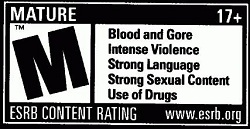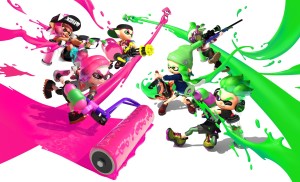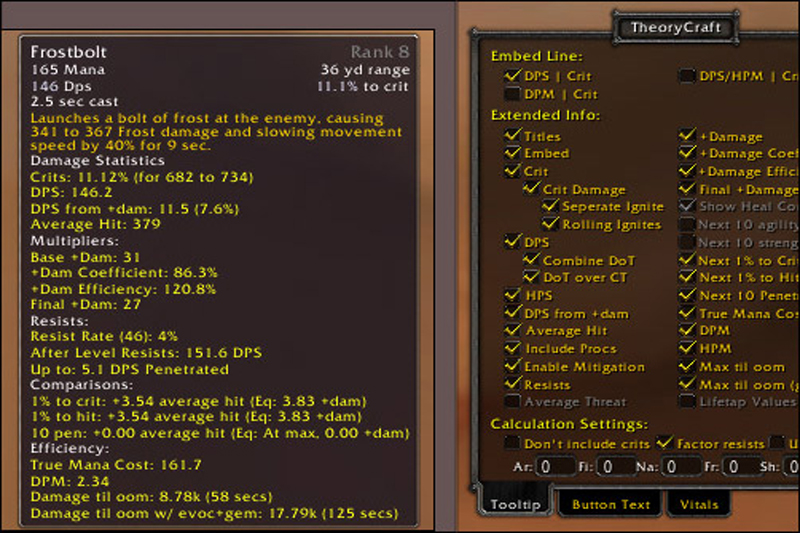Recently after our president announced his plan to meet with executives in the video game industry to discuss the level of violence, particularly violence related to guns, children are exposed to in the entertainment medium, Nintendo dropped a surprise announcement for the next Super Smash Brothers installment. Super Smash Brothers, Nintendo’s most famous game franchise, features Mario, Link, Pikachu, and dozens of other iconic IPs beating up on each other and was met with positive hype from longtime fans. Within hours of the game’s announcement dozens of video releases showcasing reactions to the teaser were uploaded (skip to 33:40 to see the reaction at the NY Nintendo Store). Of course, Super Smash Brothers doesn’t have very many guns present in the game aside from a few laser blasters, so it doesn’t quite fit the politicians’ argument, because they are complaining that video games as a whole have too much gun violence for young children.
Trump and a group of congress officials met with executives from the video game industry last Thursday in an effort to discuss the much-too-long running argument of whether or not their is a correlation between violence in video games and real world violence. However, unlike previous attempts from government officials to talk the industry into lessening the amount of violence, Trump brought a short video with him to help bolster his claims. The meeting was kicked off with a montage of clips from video games depicting extremely graphic content, including bloody beheadings from multiple games including Fallout 4, Wolfenstein 2, and the infamous “No Russian” Call of Duty: Modern Warfare 2 level (that anyone even remotely involved in video games more than likely knows all about). Immediately following the montage, Trump began the hour-long discussion by asking those present what they thought and if they found the footage violent.
On the surface it seems like a smart move to open the meeting with a video montage of some of the most violent acts video games have to offer as a method of bolstering your side of the argument; however, there is a glaring issue with this approach to the discussion. The video montage shown can be broken down into three core reasons as to why it actually hinders the government’s argument on violence in games causing violence in reality instead of helping.
One: Every game in the video montage is rated Mature.
 What does this mean? It means that it was made to be violent, it was made with the intention of showing immature content, and it was made for adults. Children can’t even legally buy Mature games without valid identification showing they are at least 17 years old. The only way these games are making their way into the hands of young impressionable folks is if someone of legal age is buying it for them. Trump argues that we need to work on limiting exposure of violent video games to children when they already are; the ESRB rating system was created to combat this very issue.
What does this mean? It means that it was made to be violent, it was made with the intention of showing immature content, and it was made for adults. Children can’t even legally buy Mature games without valid identification showing they are at least 17 years old. The only way these games are making their way into the hands of young impressionable folks is if someone of legal age is buying it for them. Trump argues that we need to work on limiting exposure of violent video games to children when they already are; the ESRB rating system was created to combat this very issue.
Two: The entire list of games shown in the video fall under one of two genres: First Person Shooters and Horror.
Three of the segments feature clips from the Call of Duty franchise. The other three segments showcase kill cams from other first-person shooters. The last two segments come from horror games. After describing the natural bias of all of these incredibly violent games being rated Mature, we now come to a more intentional bias of genre picking. These are two genres out of dozens that make up the video gaming world, and it is unjust to distill the entire industry down to such a small percentage of games, no matter how famous they may be. This cherry picking disregards genres such as platformers, RPGs, simulations, sports, MMOs, MOBAs, action, adventure, action-adventure, and many others. There is plenty of violence to be seen from each of these genres as well, but there are also just as many games that are devoid of violence. My favorite game growing up was Animal Crossing, a game where you literally live life in a quaint village populated by anthropomorphized animals. You can’t harm anyone, the closest thing to a weapon is an axe used to chop trees, and it is one of the most peaceful games to ever exist.
 Furthermore, there have also been games in the first/third person shooter genres that are made to appeal to players of all ages, including children. Case in point: Splatoon 2, which I have been playing since my boyfriend bought it for me for Valentine’s Day. One could argue that Splatoon 2 is a similar level of violence to Call of Duty in the guise of squid kids shooting ink out of their weapons instead of bullets and exploding in a flash of ink and light when they are killed rather than a spray of blood. However, it is expected that children play Splatoon, because it’s a Nintendo game, and Nintendo prides themselves on making games for children and families, and you can’t help but smile when looking at the bright and colorful ink battles between the warring squid factions.
Furthermore, there have also been games in the first/third person shooter genres that are made to appeal to players of all ages, including children. Case in point: Splatoon 2, which I have been playing since my boyfriend bought it for me for Valentine’s Day. One could argue that Splatoon 2 is a similar level of violence to Call of Duty in the guise of squid kids shooting ink out of their weapons instead of bullets and exploding in a flash of ink and light when they are killed rather than a spray of blood. However, it is expected that children play Splatoon, because it’s a Nintendo game, and Nintendo prides themselves on making games for children and families, and you can’t help but smile when looking at the bright and colorful ink battles between the warring squid factions.
This isn’t even factoring in serious games and games made to be beautiful. In fact, mere days after the video footage shown in the meeting was publicly released, Games for Change created their own video showcasing the polar opposite events in over a dozen games, from beautiful landscape shots to peaceful world exploration and friendly cooperative play. If that doesn’t prove exactly how biased and misguided the crux of the whole argument on violent video games is, then I don’t know what does.
Three: The video game industry is being pinpointed as the main problem while other entertainment mediums are being ignored.
Are there violent video games? Yes, of course. But there are also violent movies. And violent books. And it seems easier for children to be exposed to violence from the latter two forms of media before they are exposed to it in games. If an adult over the age of 25 brings a child to an R rated movie, that child will be exposed to whatever that movie has to offer without question, regardless of how old they are. Books are even worse, with no form of rating system at all. As a young teenager I read multiple books series that involved minors murdering each other in cold blood; these books were just sitting on my middle and high school’s library shelves! At least movies and video games make an effort to warn consumers of the content with a rating system. People apparently think books are perfectly acceptable as free game since you have to imagine the violent images in your head; let me tell you that the imagination is far stronger than any tangible image you place in front of me on a screen.
There are a few political figures that seem to understand the need to combat this issue from multiple angles. Congresswoman Vicky Hartzler stated following the meeting the necessity of broadening the focus from just video games and guns to encompass to other mediums like film; she also released a similar statement back in 2013 discussing the importance of addressing human factors alongside the potential forms of entertainment that can be the cause of school shootings and other similar events.
It seems that video games are once again the scapegoat for those ignorant of the industry in positions of power to point their finger at and blame with no substantial evidence to back up their claim when they refuse to look for a real solution to the current issues at hand. Gun violence, especially when it comes to school shooters, is a serious issue that needs to be solved, and there is a slew of factors involved in combating this issue. There is no easy or simple solution here, we can’t simply pick something and place all of the blame on it, or nothing will ever be accomplished or improved.




